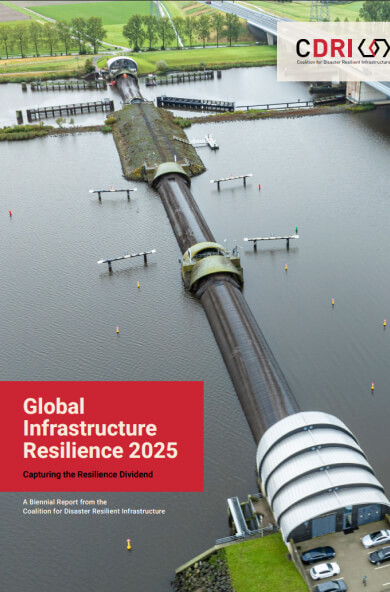The Global Infrastructure Resilience Report by CDRI emphasizes making infrastructure resilience a core economic strategy.
Global disaster-related losses exceed $732 billion annually, with indirect costs averaging 7.4 times direct damages. Using GIRI model and Green Economy Model (GEM), it shows that faster reconstruction, within 10 years, can halve GDP losses.
Key priorities include localized risk assessments, layered financing (bonds, insurance, contingency funds), and governance reforms to overcome regulatory gaps. Technologies like AI, drones, and digital twins, along with nature-based solutions, offer cost-effective resilience. Businesses and governments must embed resilience across planning, operations, and recovery. Africa and Small Island Developing States face disproportionate risks, while renewable energy and irrigation sectors need urgent adaptation.
The report provides actionable frameworks, financing pathways, and case studies to capture the resilience dividend globally.
Key points
- Global disaster losses exceed $732 billion annually, indirect costs higher.
- Indirect economic impacts average 7.4 times direct infrastructure damages.
- Faster reconstruction within 10 years halves GDP losses significantly.
- Layered financing combines bonds, insurance, contingency funds for resilience.
- Technologies and nature-based solutions offer cost-effective resilience strategies globally.
- Africa and island nations face disproportionate infrastructure and climate risks.






